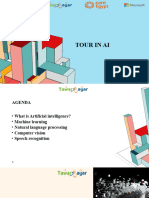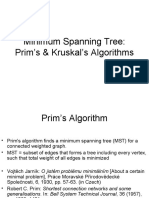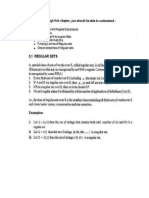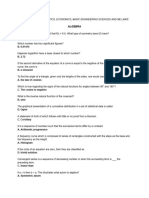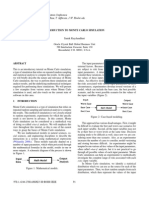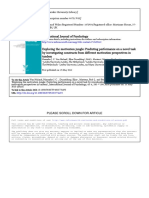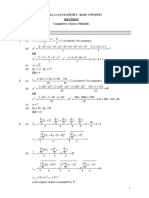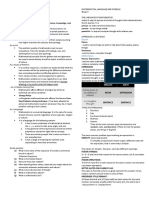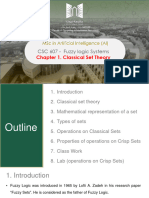0% found this document useful (0 votes)
14 views37 pagesArtificial Intelligence Techniques (2025) - Week 3
The document outlines key concepts and types of machine learning, including definitions of Artificial Intelligence (AI) and Machine Learning (ML). It discusses various machine learning paradigms such as supervised, unsupervised, and reinforcement learning, along with their techniques and objectives. Additionally, it addresses challenges like bias and variance in model training, and methods for improving model performance through techniques like regularization and cross-validation.
Uploaded by
sizwemakgalemeleCopyright
© © All Rights Reserved
We take content rights seriously. If you suspect this is your content, claim it here.
Available Formats
Download as PPTX, PDF, TXT or read online on Scribd
0% found this document useful (0 votes)
14 views37 pagesArtificial Intelligence Techniques (2025) - Week 3
The document outlines key concepts and types of machine learning, including definitions of Artificial Intelligence (AI) and Machine Learning (ML). It discusses various machine learning paradigms such as supervised, unsupervised, and reinforcement learning, along with their techniques and objectives. Additionally, it addresses challenges like bias and variance in model training, and methods for improving model performance through techniques like regularization and cross-validation.
Uploaded by
sizwemakgalemeleCopyright
© © All Rights Reserved
We take content rights seriously. If you suspect this is your content, claim it here.
Available Formats
Download as PPTX, PDF, TXT or read online on Scribd
/ 37









